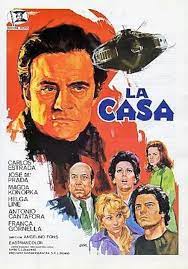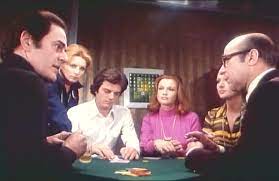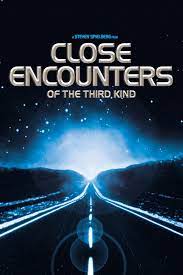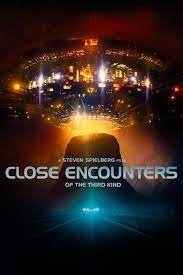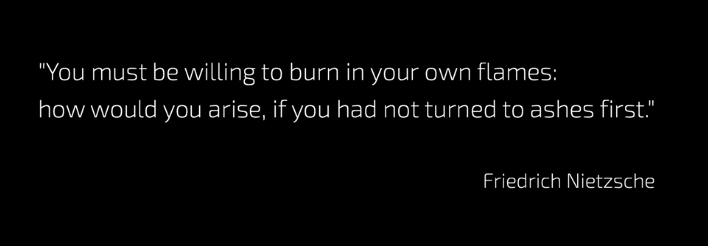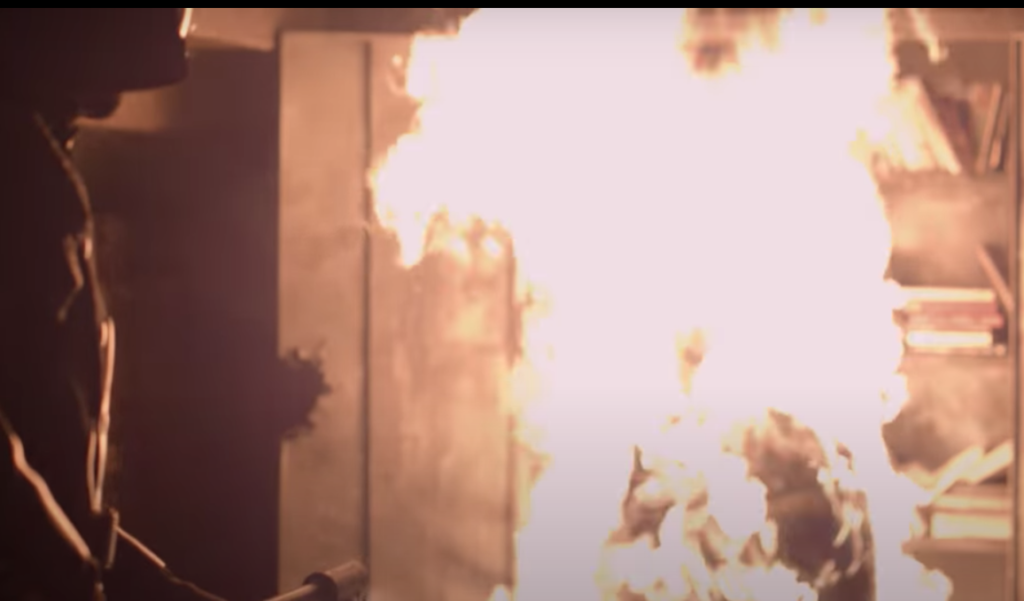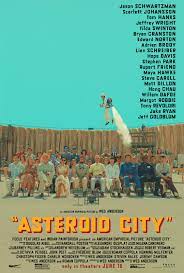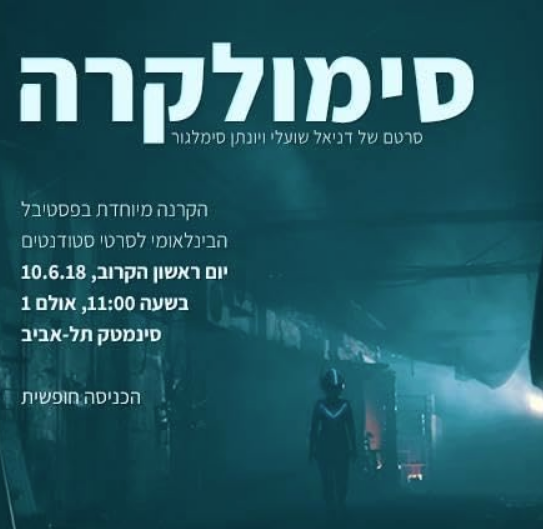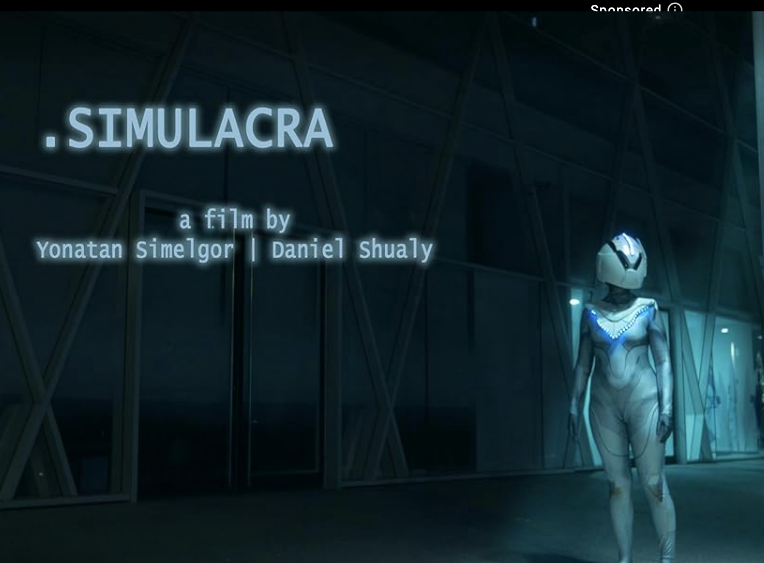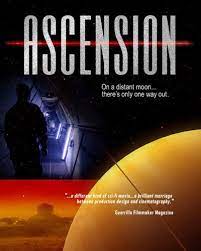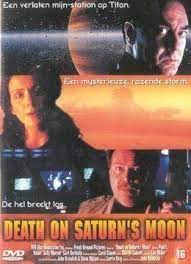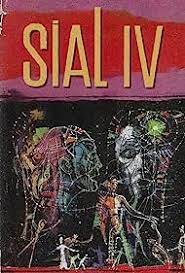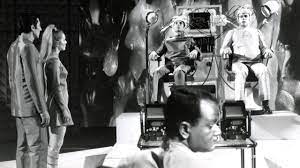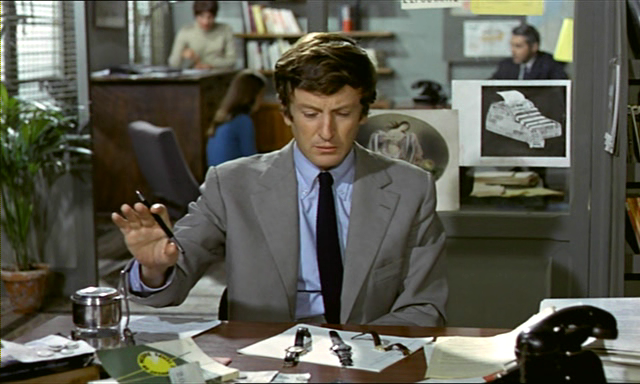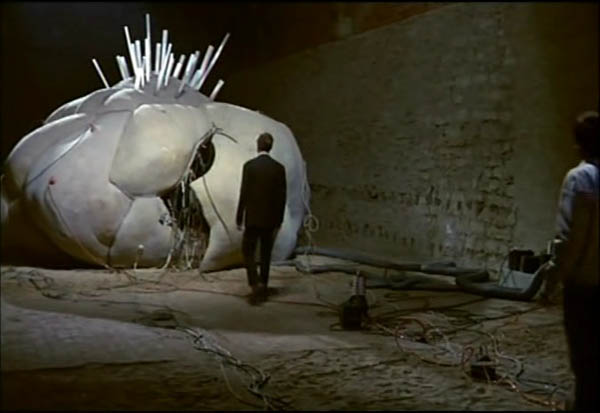The Search for Simon (2013)
IMDb meta-data runtime is 1 hour and 37 minutes, rated 4.5 by 145 cinematizens.
Genre: Sy Fy; Species: UFO.
DNA: England.
Verdict: Winning.
Tagline: ‘The Apollo 13 tissues were a bad investment.’
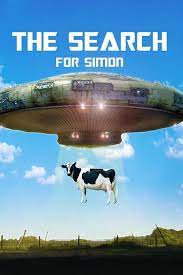
Nerd king is obsessed by the disappearance of his younger brother thirty years ago when they were boys. He is a one-man Search for Simon Foundation. Living off savings and lottery winnings, Nerd searches for the UFO that abducted his brother. Yes, abducted, what other explanation would there, Erich?
He pays for information, travels the world to gather UFO data, tries to penetrate secret agencies…all in his inept way, much ridiculed by the pub-aholics with whom he plays Dungeons and Dragons for relaxation.
Slowly engaging, a little charmer, somewhat serious, and finally ironic. Compared to the much bigger budget A for Andromeda with the same DNA, this has plot and character and several twists and turns.
The opening sequence…has little to do with what follows, just enjoy the tank ride. Be patient.
One amusement after seeing a handmade film like this is reading the condescending reviews on the internet by the trolls who need to denigrate someone to forget why they have never accomplished anything.


